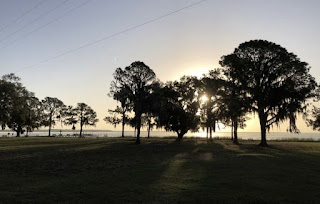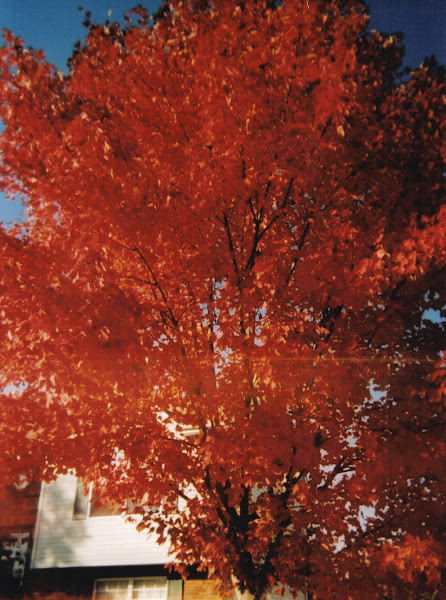how do we mark them?
This year has had many
challenges and one was all
my work cancellations.
As October approached, 2
contracts remained and both
groups decided to go forward.
So the day before my birthday
I taught one of my favorite
workshops ever,
to the
at the Lake Yale Baptist Center
near Leesburg, FL
Beautiful setting and a
FABULOUS group of ladies.
They really took my inspiration
and made it their own.
Below is Margaret Travis and
her sister, Marie.
Margaret is known for her Fabulous
Cheerleading in our industry!
On my actual birthday, I spent
the evening showing off the
LADIES to the
in Lakeland, FL.
They loved them almost as
much as I do:)
I was somewhat apprehensive
getting back out with the
new little coming to visit.
Thankfully most were very
understanding of wearing masks.
I received lots of wonderful gifts
from family and friends including
fabric, a salon tray for upcoming
filming assistance and ….
This sweet little
(ca 1940s??) machine &
This Awesome book about
the Colonial Williamsburg
textile collection!
The reason I was so excited
is that back in 2018 I was
privileged to stitch with some
of the volunteers on this quilt (above)
as they reproduced it for the
house displays around the property.
When I received the book, I
was able to find the exact
quilting diagram of what I
had been working on.
Nerd here finds that
very exciting:)
So, HAPPY HAPPY
BIRTHDAY to
all the October kids and
Thank you to everyone
who reached out to make
me feel special!
Keep quilting:)





































